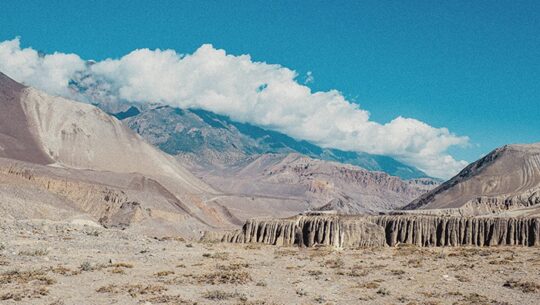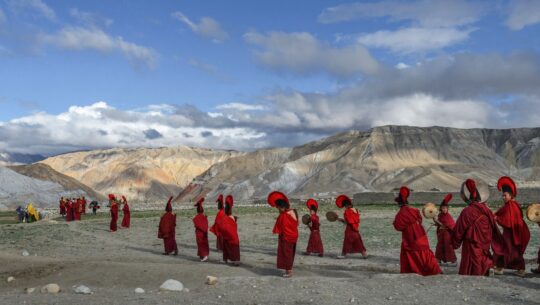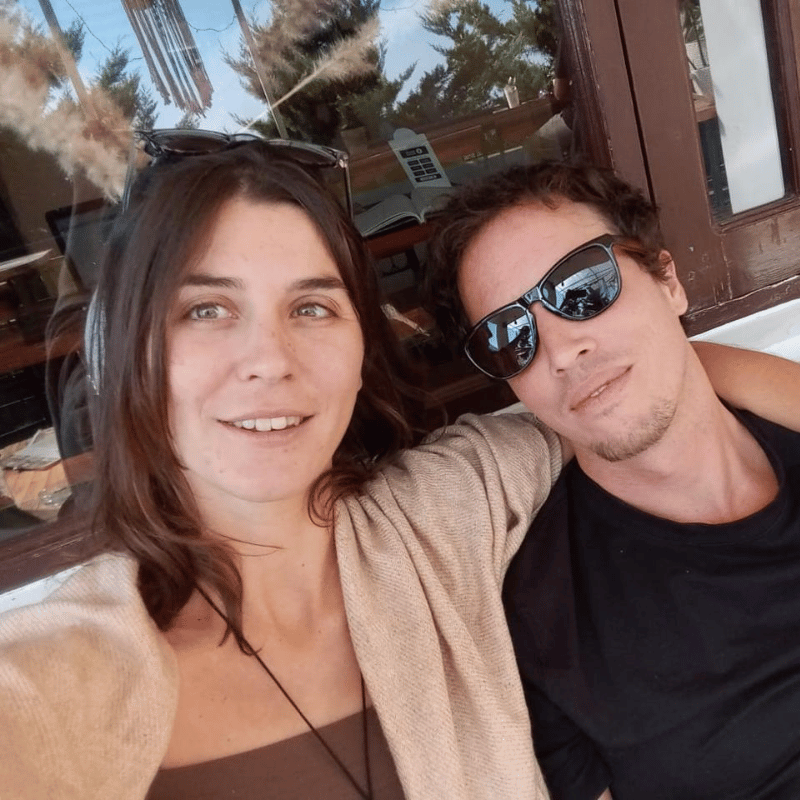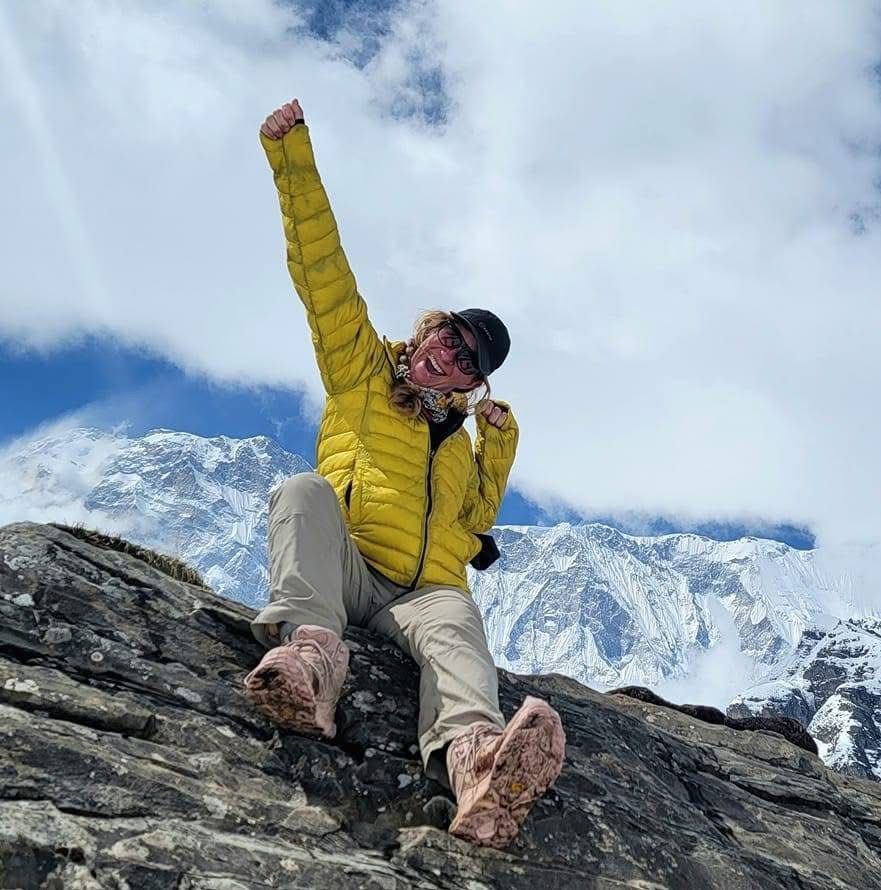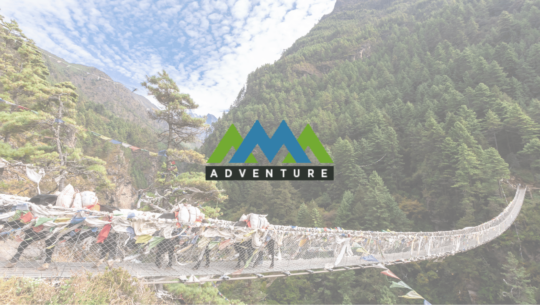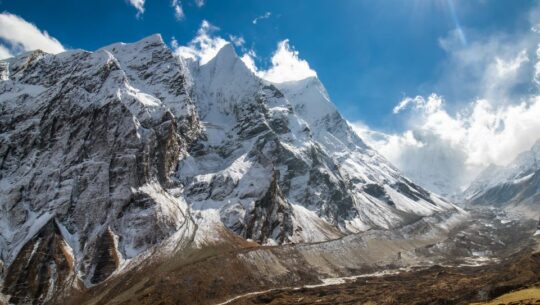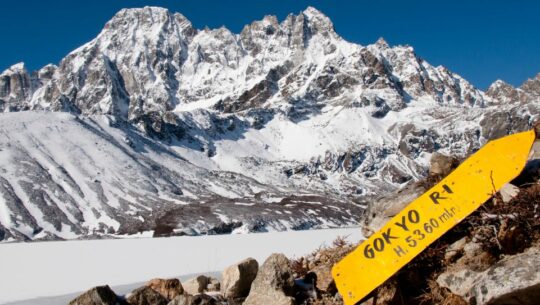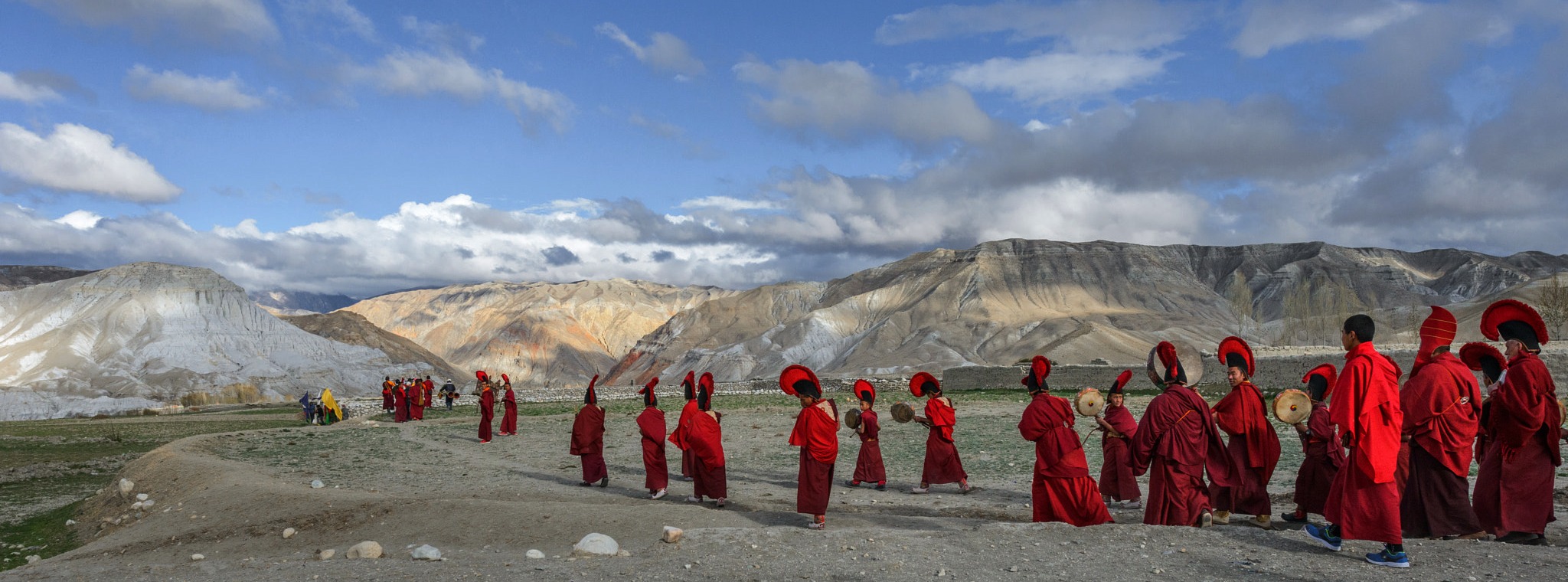
Upper Mustang Tiji Festival Tour- 11 Days
Set out on an 11-day Upper Mustang Tiji Festival Tour through the mystical Upper Mustang. Celebrate the colorful Tiji Festival and uncover ancient caves and monasteries. From Kathmandu to Lo-Manthang, discover a land rich in culture and dramatic landscapes.
Nepal
11 Days
Moderate
3800
May 16 - 18
Hotel and Teahouse
Included
Kathmandu
Trip Highlights
- Celebration of the colorful Tiji Festival
- Experience the Tibetan Buddhist culture of Lo-Manthang
- Explore the rugged, brown, and ancient landscape of the Upper Mustang in 4WD.
- Tour the beautiful city of Pokhara
- Observe the magnificent Himalayan views of Mt. Annapurna, Mt. Nilgiri, and Mt. Dhaulagiri
Trip Overview
Tiji Road Trip is an 11-day trip that ignites Tibetan Buddhism’s enthusiasm and the Upper Mustang’s unforgettable beauty and rugged landscape. Tiji festival is the main festival of the Upper Mustang. The festival is celebrated for three days, with dance performances conducted in front of the Tashi Gepel Palace of the Lo-Manthang in the Upper Mustang. This colorful celebration is to commemorate the victory of Dorjee Sonnu over the demon Man Tam Ru and spreads the message of good over evil.
The Tiji Road Trip will take you through the unforgettable Sky Caves in the Upper Mustang, the thousand-year-old monasteries, and the visuals of Mt. Annapurna, Nilgiri, and Dhaulagiri. Observing the Kaligandaki gorge, the deepest gorge in the world, and walking beside the mesmerizing Kaligandaki river makes your journey worthwhile. Yet, it is not only the captivating scenery you will encounter on this trip. The holy Muktinath temple is also a must-visit site on your road trip. And, your procession from Kathmandu, Pokhara, and Jomsom by flight and on a drive will give you both aerial and on-the-go experience of how scenic these places are.
Upper Mustang is an exceptionally well-preserved area and is, to date, quite restricted. That must be why its rich and authentic culture is as alive as it used to be many years ago. Everywhere you go, everywhere you see, the visuals and the beauty of Upper Mustang are unbeatable, especially when you drive through your way. The view of Upper Mustang comes closer to your eye like this, and the Tiji festival will make your road trip more exciting. After this natural and cultural trip on the road, you will understand why the Upper Mustang is called the Mountain Desert of Nepal.
Outline Itinerary
- Day 1: Kathmandu (1300 m/4264 ft)
- Day 2: Flight to Pokhara (884 m/ 2,900 ft)
- Day 3: Flight to Jomsom, drive to Muktinath (3,800 m/ 11,400 ft): Return to Kagbeni: 3 hrs
- Day 4: Kagbeni to Ghami (3,540 m/10,620 ft): 3 hrs
- Day 5: Ghami to Lo-Mangtang (3,840 m/11,520 ft): 2 hrs
- Day 6: Lo-Manthang (3,840 m/ 11,520 ft), First Day of the Tiji Festival
- Day 7: Lo-Manthang, Second Day of Festival
- Day 8: Final Day of the Tiji Festival
- Day 9: Lo-Manthang to Jomsom (2,743 m/ 8,999 ft): 5 hrs
- Day 10: Fly Back to Kathmandu via Pokhara
- Day 11: Departure
Detailed Itinerary
Day 1: Kathmandu (1300 m/4264 ft)
Upon arrival at the airport, we will be welcomed by a representative of Ama Adventure. Check into a hotel and then explore the surrounding area.
Day 2: Flight to Pokhara (884 m/ 2,900 ft)
Today you will fly to Pokhra it will take 30m. During the day explore pokhara before heading towards the upper mustang to celebrate most unique festival Tiji.
Day 3: Flight to Jomsom, drive to Muktinath (3,800 m/ 11,400 ft): Return to Kagbeni: 3 hrs
We will escort you to Pokhara Airport early in the morning to fly to Jomsom in half an hour. You rest in this beautiful village in a lodge or a guesthouse. Or you can tour the barren hills, the contrasting snow-capped mountains, and the Kali Gandaki river before driving to Muktinath. Then, take blessings from Lord Vishnu in the Muktinath Temple. If interested, you can walk below the 108 stone taps to do more soul cleansing. Then, you drive back to Kagbeni and rest for the day.
Day 4: Kagbeni to Ghami (3,540 m/10,620 ft): 3 hrs
The next day after breakfast, you will be driving through Syangboche as you pass the beautiful view of Mt. Nilgiri to your south. The Chungsi cave is an exciting cave you can find on a cliff side where the cave walls are painted, and it also has statues and relics. Take a stop at the Chhuksang town and Dhakmar before heading to Ghami. Stay there overnight.
Day 5: Ghami to Lo-Mangtang (3,840 m/11,520 ft): 2 hrs
The following morning, you will get on a drive across the Ghami river crossing the Charang La pass. As you get closer to Charang, you will also see the view of Mt. Annapurna, Nilgiri, and Bhrikuti. The view of Ghar Gompa, the Mui La, and the Marang La Pass showcases the red cliffs on your journey as you reach Lo-Manthang, the walled city of Lo. You can rest at a lodge there before heading out the next day for the main event of the road trip.
Day 6: Lo-Manthang (3,840 m/ 11,520 ft), First Day of the Tiji Festival
We reach the highlight of the road trip, the Tiji festival. But before you experience the colorful festival, head out to explore Namgyal Gompa, which is on top of an isolated ridge. Thinggar is also an attractive village with the Mustang King’s palace for the summer. Then, head to the Tashi Gepel Palace in the afternoon to watch and join the Tiji festivals with the locals. A hand-made Thangka painting is hung from the southern wall of the palace. Then, with the company of the traditional copper horns, a drum, and a cymbal, the dance performance begins in front of the Royal courtyard for two hours. The masks and the performers’ costumes are in red, blue, and yellow, miming the color of the prayer flags. This performance is called the “Tso Chham,” which performs the storyline of Dorjee Sonnu over Man Tam Ru, representing the victory of good over evil. Then head back to your lodge for an overnight stay.
Day 7: Lo-Manthang, Second Day of Festival
The following days begin in the afternoon with another dance performance called the “Na-Cham,” depicting the story of Dorjee Sonnu trying to bring the demon back to the Buddha Land. The costume is colorful, accompanied by traditional instruments, a drum, and a cymbal. The event ends when a straw figure representing Man Tam Ru is slayed in front of everyone using a religious dagger. Then after the dance performance ends, you can head back to your lodge and rest.
Day 8: Final Day of the Tiji Festival
It is the final day of the festival when the masked dance named the “Rha Chaam” is performed. On this last day, a dough figure is made to represent Man Tam Ru and is slayed with a religious dagger to depict the final win of good over evil. Finally, all the performers gather in front of the central courtyard and dance together. It happens before leading a procession of the Royal Family to Solang. After that, you go back to your lodge for an overnight stay.
Day 9: Lo-Manthang to Jomsom (2,743 m/ 8,999 ft): 5 hrs
Now that the colorful and exciting festival is over, it is time to head back to Jomsom through a drive. You will follow the route back to Kagbeni and then to Jomsom through the village of Ranipauwa. Then, you can take some rest in Jomsom and stay overnight.
Day 10: Fly Back to Kathmandu via Pokhara
The following day, you will fly back to Kathmandu by taking transit from Pokhara. You will return from the city of calmness to the capital city. An Ama Adventure representative will pick you up and return you to your hotel.
Day 11: Departure
A representative of Ama Adventure will take you at the airport or your place of departure.
Gallery
What is included
Accommodation
- 2 nights in a 4-star hotel in Kathmandu and Pokhara on a twin/double-sharing basis with breakfast
- 14 nights in guesthouses during the trek (twin-sharing), with attached bathrooms
Meals & Drinking Water
- Breakfast, Lunch, and Dinner during the trek
- One hot drink per meal and seasonal fruits
- Farewell dinner on the final night in Nepal
- Purified drinking water throughout the trek (via water filter or purification tablets)
Transportation
- Round Trip Transportation By Jeep
- One-way flight between Kathmandu to Pokhara
Guide & Support Staff
- Licensed, experienced, English-speaking trekking guide (2 guides for groups of 8 or more)
- Certified Mountain Leader/Guide
- Porter support (1 porter per 2 trekkers)
- All staff’s wages, accommodation, meals, insurance, gear, and medication
Permits & Entry Fees
- Restricted Area Permit (RAP)
- Annapurna Conservation Area Project (ACAP) permit
- TIMS (Trekkers’ Information Management System) card
Health & Safety
- Comprehensive first aid kit
- Daily health checks with a pulse oximeter to monitor altitude-related symptoms
Extras & Souvenirs
- Trekking map, duffel kit bag, sun hat, Buff (neck gaiter), and a trip completion certificate
Administrative
- All government taxes and administrative fees
What is Excluded
- Lunch and dinner in Kathmandu
- International airfare and airport departure taxes
- All kinds of beverages (including bottled and boiled water)
- Travel insurance- must include high-altitude emergency evacuation coverage
- Tips for the trekking staff and driver (optional but appreciated)
- Nepal entry visa (easily obtainable upon arrival at Kathmandu airport- USD 30 for 15 days, USD 50 for 30 days, USD 125 for 90 days)
- Personal trekking gear and clothing
- Trip Cancelation Cost
- Any other expenses not listed under the “Inclusions” section
Trip Departure
We book solo and group your holiday lifetime memorable with people from all over the world. As far as your trip has been confirmed we garnered for all group departures dates even though there we only a single person sign for trekking. We want to note that before departure we always confirm how many members are recently in your group before the final sigh up.
Difficulty Level
The road conditions from Kathmandu to Pokhara are well paved. From Pokhara, you can expect the road to be uneven. The majority of the road to Lower Mustang road trip is well paved but you can expect some rugged, rocky, and steep terrains. Make sure you use a sturdy vehicle with excellent suspension and high clearance. We provide a four-wheel vehicle and a professional offroad driver. Even though we travel for a few days you will gain significant elevation.
Important Notes
Your safety is always our first priority while traveling with Ama Adventure. Stay flexible if needed;
Your trip leader has the authority to change all itineraries based on local conditions and judgments of your leader.
We also have the right to modify the itinerary due to medical considerations, unexpected weather conditions, Natural Disasters, etc.
Your leader and crew always try to make your trip comfortable to ensure that the trip runs according to plan.
Packing List
Before leave for the trip please double check your gear.
General
- Four-season (zero degree) sleeping bag (We have rental sleeping bags available for an additional USD 35)
- Puffy down jacket (We have rental jackets available for an additional USD 35)
- Daypack (35-45 liters recommended) with rain cover
- Sleeping bag liner
Upper Body
- Sun hat or cap.
- Knitted hat/Beanie.
- Headlamp.
- Sunglasses.
- Scarf/Neck Gaiter/Buff (highly recommended)
Torso
- Technical fabric base layer (light for warmer months, heavy for colder months)
- Technical fabric short (2) and long sleeve (2) shirts.
- Waterproof, windproof shell.
- Fleece jacket or pullover.
Lower Body
- Technical fabric base layer (light for warmer months, heavy for colder months)
- Hiking pants (2)
- Comfortable pants for inside the teahouses
- Waterproof, windproof shell.
- Hiking shorts.
Hands
- Wool or technical fabric liner gloves.
- Hard-shell outer gloves (insulated for colder months)
Feet
- Wool or technical fabric warm socks.
- Hiking socks.
- Liner socks (optional such as silk).
- Trekking/hiking boots (waterproof recommended).
- Ice Cleats /Micro Spikes
- Casual shoes.
- Gaiters (lightweight for dust or heavy for snow in colder months)
Undergarments
- Technical fabric/quick drying is best for underwear (opportunities to launder during the trip)
- Sports bras (women).
- Pajamas or sleeping clothes
First Aid Kits and Medications
Note: Guides carry medications and first aid kits during the trip. However, personal kits and medications are highly recommended.
- Sunscreen.
- Lip balm.
- Ointment.
Optional
(These can enhance your comfort during the trek and are widely available in Thamel, Kathmandu.)
- Power bank or spare batteries
- Camera and mobile phone (for capturing memories)
- Cards, books, or lightweight entertainment
- Pee bottle or pee funnel (especially useful for women at high altitudes)
- Trekking poles (highly recommended for stability)
- Whistle (for safety/emergency use)
- Thermos (to carry hot water/tea during cold days)
Tip: Thamel is full of gear shops where you can purchase or rent trekking essentials at a reasonable price once you’re in Kathmandu.
Other Optional Items
- Guide Book
- Trekking Poles
- Camera
- Ziplock Bag for Toilet papers and other necessary items such as the passport and others
- Hand sanitizer
- Wet Wipes
- Quick dry Towel
- Personal Medicine and Toiletries
- Basic Medicine (Pepto, Bismol, Advil, Imodium)
- Bandana for dust and wind
- Energy Bars
- Yaktrax especially for fall and early spring season
- Outlet Adopter
Documents and Logistics
- Flight Information.
- Photocopy of Passport
- Passport size photo for Tims and permit (4)
- Medical Insurance Card
- Valid Passport
- Cash for souvenirs, Incidental cost and tipping for staff
Dates & Prices
We ensure departures on all published dates. If these dates don’t align with your plans, we’re happy to assist in setting a customized date. Whether you’re a solo traveler, a couple, a family, or a group seeking private trips, you can tailor-make your adventure. Reach out to us for pricing details or any other queries.
Group Discount Prices
Traveler Reviews



